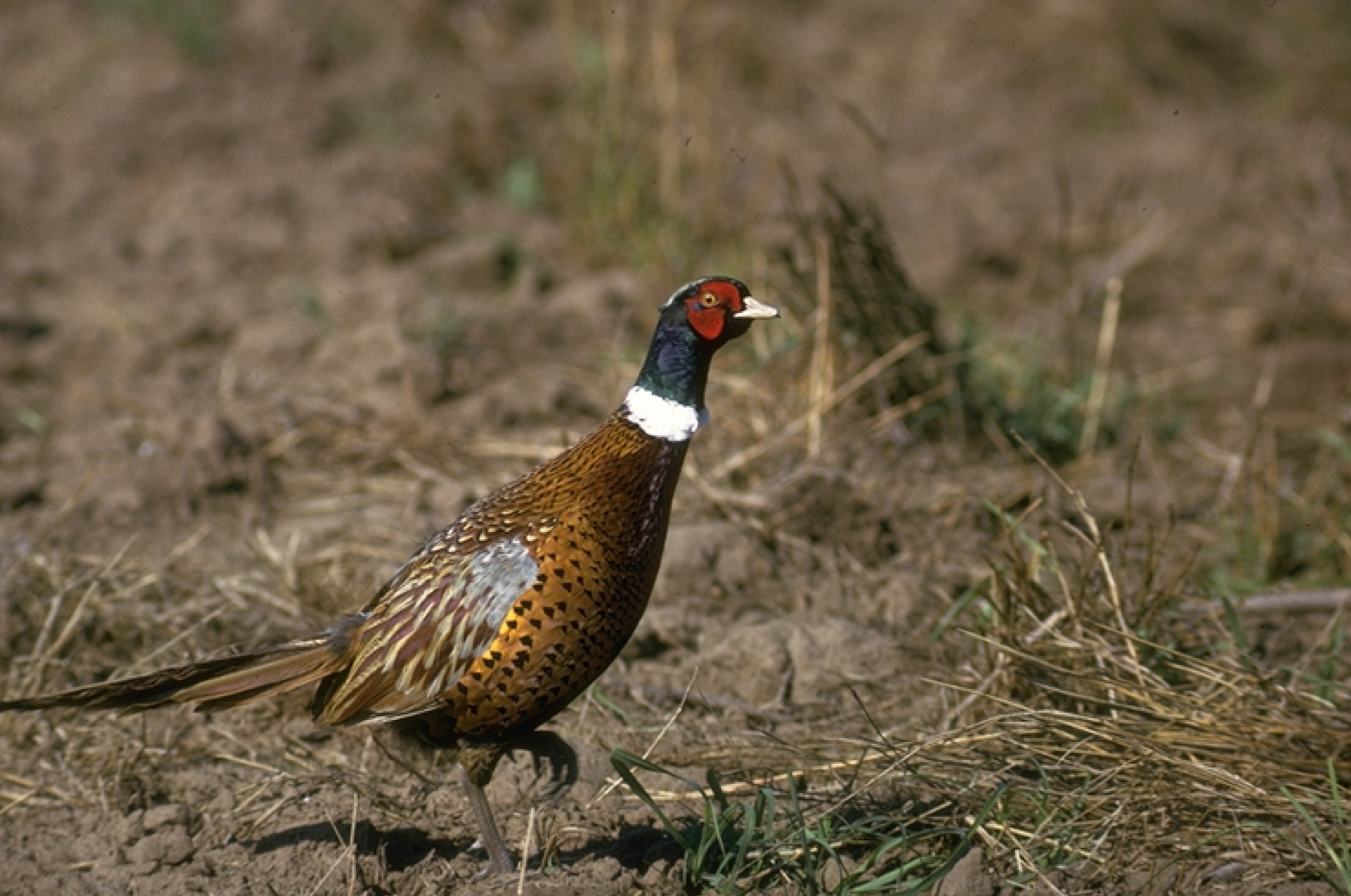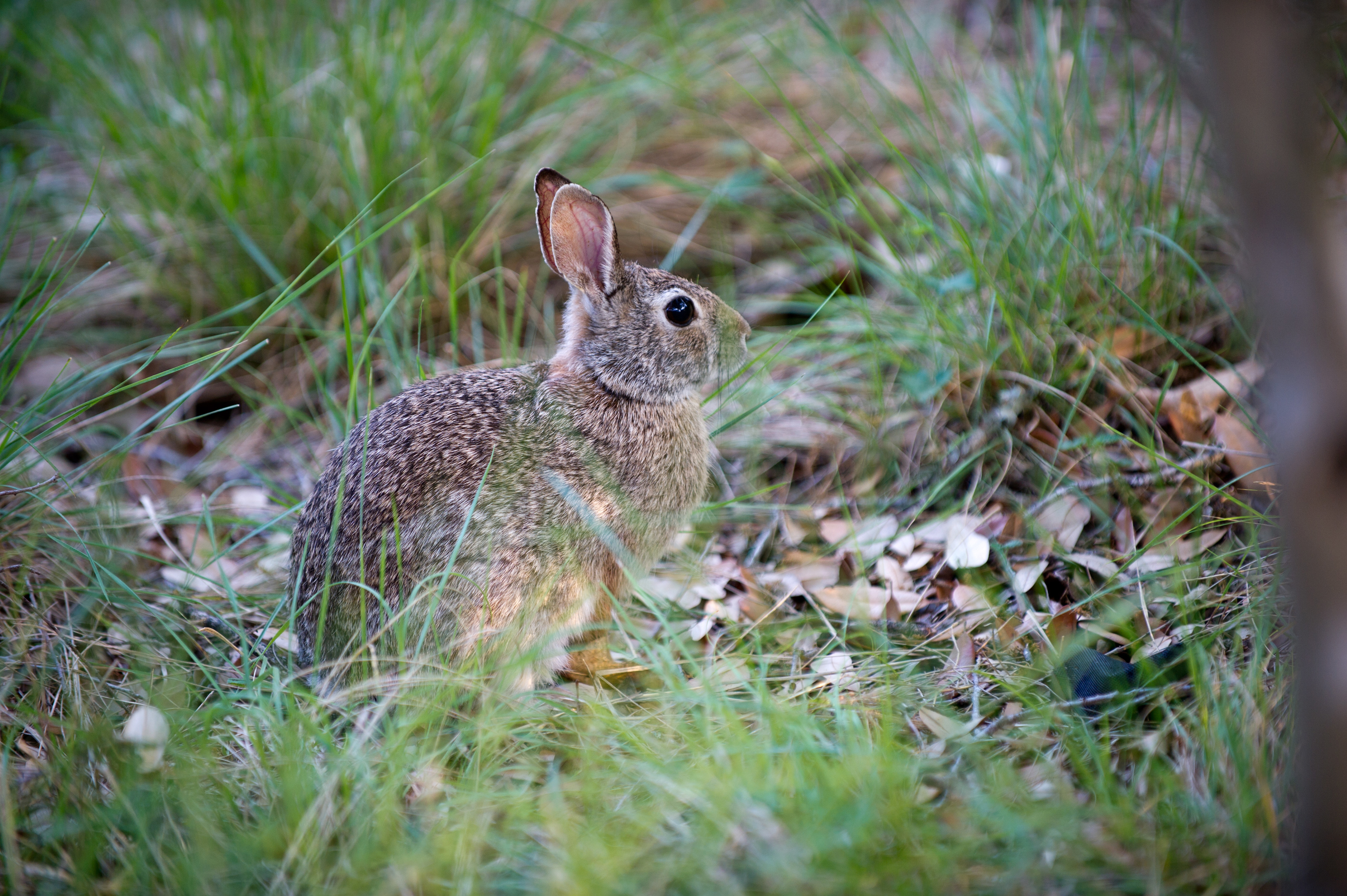
Texas Wildlife Research Program
Pittman-Robertson Grant Highlights
Each year, the TPWD Wildlife Research Grants program awards between $1 and $2 million in federal Pittman-Robertson Act funds for research on Texas’ native wild birds and mammals. This process starts with an annual review by Wildlife Division staff to identify our current, greatest research needs for managing these species. Based on that review process, we then post requests for proposals online for those research needs, and the Wildlife Division follows a competitive review process to award project proposals submitted by qualified Universities or non-governmental organizations. Below are the highlights of projects awarded over the last 7 annual funding cycles of the program (from fiscal year 2019 onward).
Fiscal Year 2025
Investigating Factors that Inspire Committed Collaboration for Wildlife Habitat in Texas
Principal Investigators: Christopher Serenari — Texas State University
Jared Messick — Texas State University
TPWD Project Coordinator: Jason Hardin
Status: In Progress
Project Summary: How private landowners engage with wildlife and their habitat determines the success of Texas Parks and Wildlife Department (TPWD) in applying conservation tools to sustain wildlife habitat and populations across the state. As currently designed and implemented, the suite of tools in TPWD’s toolbox (e.g., wildlife management plans, Voluntary Incentive Programs [VIPs], and conservation easements) may be insufficient for generating the collaboration and commitment necessary to accomplish the agency’s landscape-scale conservation goals. This research aims to increase the effectiveness of TPWD’s conservation tools in increasing commitment to collaboration for wildlife by uncovering and addressing the key structural and decision-making determinants of transformative change. To do this, the proposed study will survey landowners across Bird Conservation Regions (BCRs) in Texas to a) uncover the decision-making factors that precede conservation behavior and commitment to collaboration for wildlife, b) diagnose the drivers of conservation program enrollment and persistence, c) determine the programmatic attributes that have the biggest impact on landowner decision-making, and d) assess regional variation in the decision-making and structural determinants of conservation behavior, including program enrollment and persistence. The proposed study will also design and test a structural intervention to build agency capacity in engaging landowners about collaborative conservation initiatives.
Landscape Ecology and Genomics of Pheasants in the High Plains of Texas
Principal Investigators: Joshua I. Brown — West Texas A&M University
TPWD Project Coordinator: John McLaughlin
Status: In Progress

Ring-necked pheasant
Project Summary: Ring-necked pheasant populations of the Texas Panhandle have been in serious decline over the last 30 – 40 years, but the direct causes are not entirely known. Changing land use and shifts in agricultural practices are likely culprits, as these have contributed to the loss of over half the original 16M acres of short and mixed grass prairies throughout Texas. These changes have left pheasants with disjointed and fragmented habitats, fewer cover crops, and less foraging resources, all of which threatens long-term persistence. Given their economic and recreational importance in Texas, a comprehensive investigation into what factors pheasants are responding to across differing land-use cases and how this affects population dynamics is going to be essential for implementing more effective conservation efforts. To address these challenges, I am proposing a research approach that aims to integrate information from nesting ecology, movement patterns, and conservation genetics. More specifically, I will first use GPS tracking data to identify nest sites across the panhandle, subsequently modeling the relationship between nesting success and various habitat features. This will provide information on specific threats to long-term nesting success, allowing for the development of more effective mitigation tactics which can be implemented by landowners at a local scale. While local conservation efforts will be essential for reversing population declines, the benefits can be limited by landscape-level habitat configurations. Therefore, I will also use GPS tracking data to identify patterns in movement behavior in relation to resource availability. By modelling this relationship across the entire panhandle, I will then be able to identify potential corridors of dispersal, which are essential for maintaining connectivity. Moreover, this will provide insights into the threats posed by land-use changes, as well as help to identify the most strategic configuration of conservation resources (i.e., CRP enrolled lands). Finally, a landscape level genetic dataset will allow me to model how genetic diversity is structured across the landscape in relation to habitat and local environmental conditions. This will allow me to measure gene flow and infer population connectivity across the panhandle, which is essential for maintaining adaptive diversity in the face of changing environmental conditions.
Davis Mountain Cottontail Population Assessment and Risk Management for Rabbit Hemorrhagic Disease
Principal Investigators: Alynn M. Martin — Texas A&M University-Kingsville
Scott Henke — Texas A&M University-Kingsville
Sandra Rideout-Hanzak — Texas A&M University-Kingsville
Clay Hilton — Texas A&M University-Kingsville
TPWD Project Coordinator: Dana Karelus
Status: In Progress

Cottontail rabbit.
Project Summary: Rabbit hemorrhagic disease virus (RHDV) emerged in the 1970s-1980s in Europe and has since caused the deaths of over 250 million domestic and wild rabbits globally. In 2010, a second strain emerged in France, RHDV2, and has since been detected in North America (first detection 2016). RHDV2 is now considered endemic in the western U.S., with outbreaks documented in wild rabbits in 14 states, including Texas. In western Texas, RHDV2 threatens four lagomorph species, including the Davis Mountain cottontail (DMCR); however, it remains unclear how RHDV2 outbreaks may impact this species. There is need for (1) baseline demographic data on DMCR, (2) an understanding of spatial distribution of DMCR (elevational, habitat use, etc.) and distinction from the other, morphologically-similar cottontail species; (3) assessment of the stability of DMCR in the event of a RHDV2 outbreak; and (4) assessment of vaccines as a potential management tool.